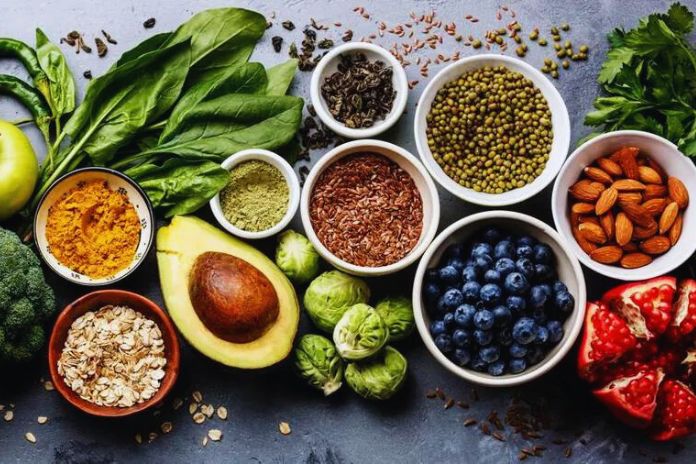The first criterion that guides consumers’ choice when purchasing food is price, as consistently indicated by surveys on our consumption habits. The taste quality of the product, its nutritional composition, or origin need to catch up on the list of concerns. We are at the risk of favoring junk food, which is much more financially accessible than healthy food, as highlighted by a study among our Belgian neighbors.
The Balance Between Industrial Products And Healthy Foods
The researchers examined the consumption habits of 3,146 people of all ages in different socioeconomic groups. Participants completed a questionnaire twice, recording all products consumed over 24 hours. The scientists then used a file bringing together the prices of more than 2,000 everyday consumer products to assess each person’s food expenditure. Each food was classified into the category:
- “ultra-processed food products,” that is, industrial products (prepared meals, pastries, snacks, etc.), are often rich in sugar, salt, additives, and poor-quality fats.
- Or “little or no processed food products” made up of raw products ( fruits and vegetables, flour, meat, etc.).
The researchers were thus able to get a precise idea of the daily energy intake provided by these two food categories, the associated cost, and the share of the budget allocated to them by families.
Ultra-Processed Products Cost Less Than Healthy Food
Researchers have shown that healthy products cost much more than junk food for the same number of calories. Where 100 kcal of ultra-processed products costs €0.55, you must pay €1.29 for the same calories provided by healthy foods.
If we consider the daily caloric ratio of a person of standard height and weight, i.e.2000 kcal, for every 1% increase in energy intake provided by junk food, the daily budget decreases by €0.010, while it increases by €0.048 with healthy food. For households on a tight budget, it is easy to understand that the extra cost of healthy food can represent a barrier to purchasing.
The Share Of Spending On Healthy Foods Varies By Socioeconomic Status
Between the different family members, the study showed that adolescents devote the lowest share of the budget to healthy food (29.5%) and women the highest (42.3 %). But another element is decisive: the socioeconomic level of the families. Among the most privileged, a larger share of the food budget is devoted to healthy foods: 39.3%, compared to 36% for more modest households if we refer to adults. However, the trend is comparable for children and adolescents.
The Price Of Healthy Foods Is An Obstacle To The Population’s Health
These figures highlight an apparent inequity in access to health-promoting foods, evidenced by the much higher cost of healthy foods than processed foods. The actual cost of junk food lies elsewhere: public health and environmental impact The low price the end consumer pays to access industrial food must align with its real economic impact.
The harmful effects of poor-quality food on our health are well-identified. A study recently estimated that 2 out of 3 cases of cardiovascular disease are linked to an unbalanced diet. The associated health costs are colossal, like those resulting from its harmful environmental effects related to intensive polluting agricultural practices, overpackaging, conservation, and transport constraints.
A Plea For The Adoption Of Political Measures In Favor Of Access To Healthy Food
The economic dimension of food being decisive, the study’s authors plead for the Belgian government to activate levers to rebalance this injustice linked to the additional cost of healthy foods. Access to quality food is essential for improving citizens’ health.
To support their point, the researchers cite the examples of countries that have taken strong measures to encourage the population to consume less ultra-processed foods: Chile, for example, which has limited the marketing of these products targeting children, or again Mexico and Hungary, which apply taxes to them. In our country, a “soda tax” has penalized the sweetest drinks since 2013 and was modulated in 2018. A measure of this type adopted in Philadelphia led to a 38% drop in the sale of these drinks.
Read Also: All The Properties Of Pistachios

